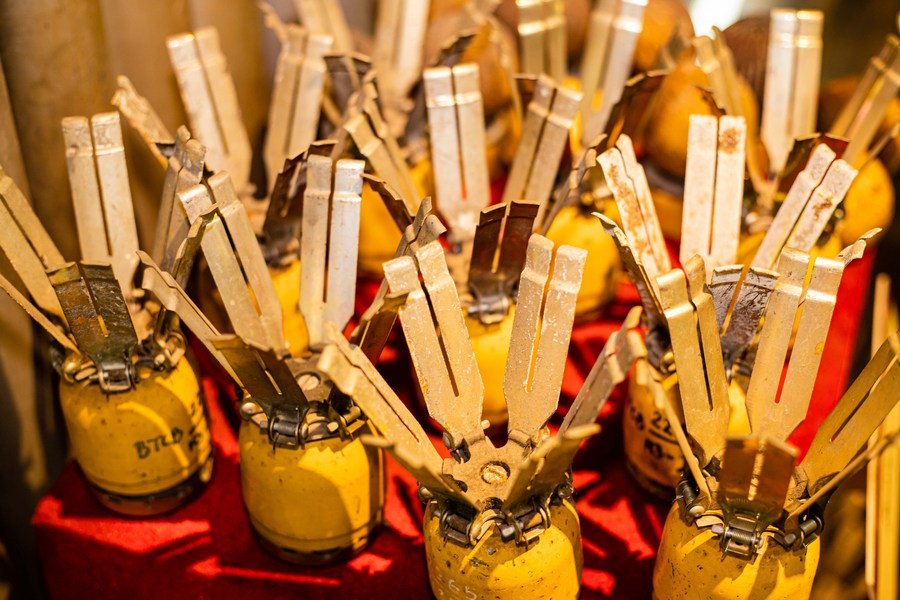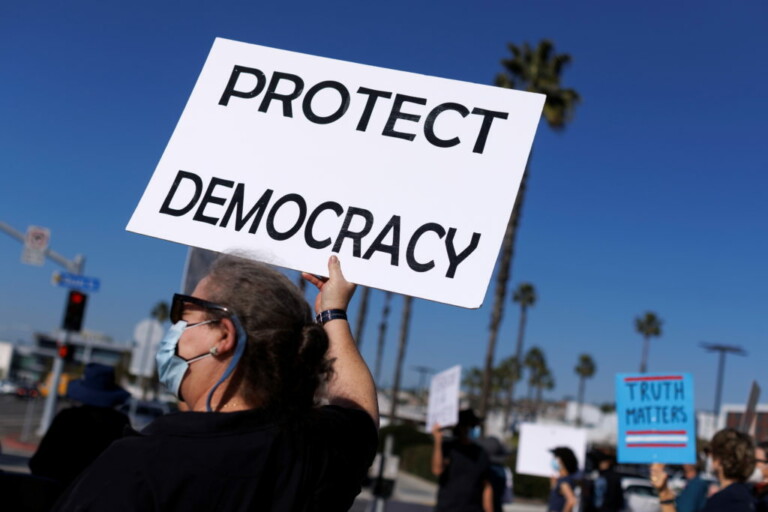On their way home from school in Vietnam’s northern Son La province, two boys unknowingly picked up a strange metal object which turned out to be an unexploded cluster bomblet left over from the Vietnam War.
Initially mistaking it for a toy, Vi Hoang Khai and his brother Vi Hoang Khiem carried the object home. When they accidentally dropped it, the bomblet exploded, causing severe injuries to both children.
“Doctors said too many fragments and steel pellets landed on or through our kids’ bodies, causing serious injuries to their livers, stomachs, intestines and legs. Thanks to the doctors’ great efforts hour by hour, day by day, our kids eventually escaped death,” the victims’ father Vi Van Quyen, an electricity worker, recalled.
Quyen’s family has suffered a lot since the accident occurred in August 2022. But they consider themselves fortunate compared to many others who have lost their lives or suffered life-altering injuries due to unexploded ordnance (UXO) from the Vietnam War.
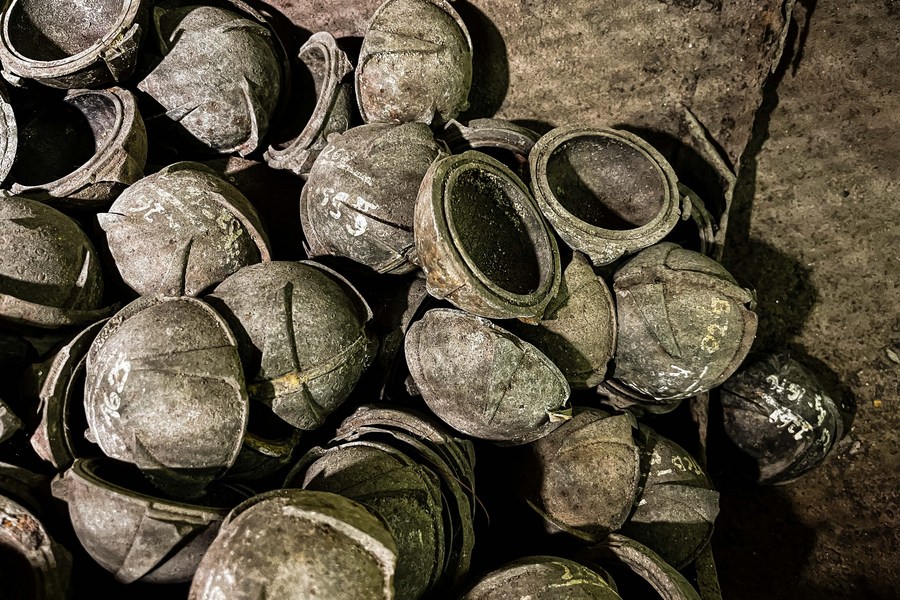
Cluster bombs used by the U.S. forces during Vietnam War are displayed in the Engineers Museum in the capital Hanoi, Vietnam, on July 14, 2023. (Photo by Pham Dinh Duc/Xinhua)
Do Thi Thu, a civil servant in the police sector in the central highlands province of Kon Tum, shared a heart-wrenching story about two boys from her neighbor’s family.
“Long time ago, two siblings from my neighbor’s family went to herd ducks in the paddy field, picked up some cluster bomblets and played with them as toys. A bomblet exploded, killing the elder brother and injuring the younger brother,” Thu said.
“Losing an eye and an arm in the explosion, he has since endured many physical and mental pains and lives with a constant fear of similar incidents.”
When working in his cassava field, A Nhi, a 24-year-old farmer in Kon Tum’s Dak Ha district, found unexploded ammunition and brought it to the house of his father-in-law.
He hit the ammunition with a machete to check the content inside, but it suddenly exploded, killing him instantly. Later, his injured four-year-old son and his wife’s younger brother died in hospital.
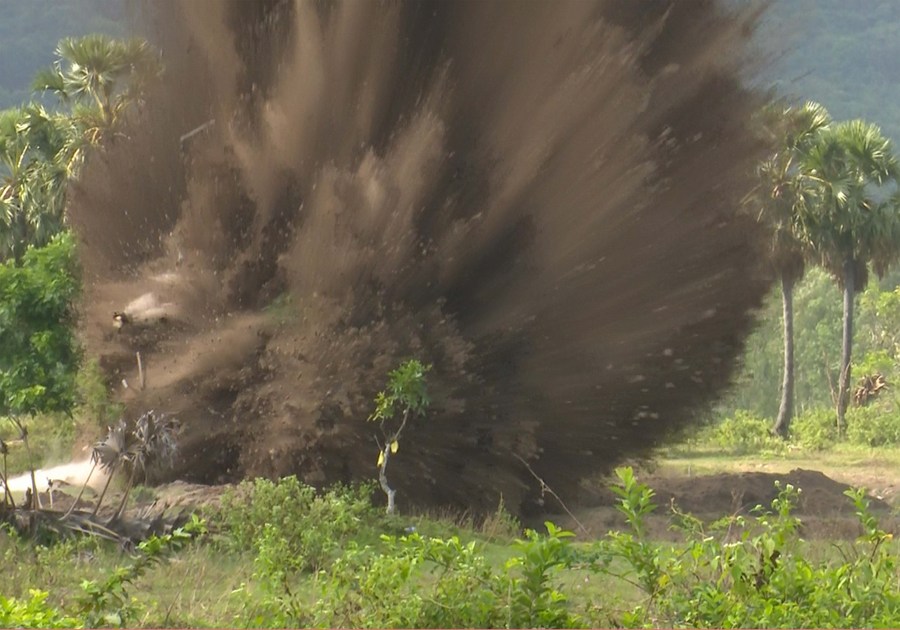
The unexploded shells and grenades are detonated in a shooting range in Tinh Bien district, An Giang province, Vietnam, on Dec. 14, 2022. (VNA/Handout via Xinhua)
“The most painful thing is that children make up the majority of UXO victims. With their hyperactive nature and lack of understanding, they often play with, move and throw UXO, especially cluster bomblets, leading to explosions,” Thu told Xinhua.
These devastating incidents are not limited to children alone. Among the victims are individuals involved in collecting scrap metal, including breadwinners who rely on this perilous occupation for their livelihood.
On March 22, 2022, a 41-year-old scrap collector in Quang Xuong district of the central Thanh Hoa province was killed when the UXO he was sawing exploded.
On Aug. 18, 2017, a UXO exploded when people in Khanh Son district of the central Khanh Hoa province mistook it for metal and exploded. The blast killed six people, including four children, on the spot.
On March 19, 2016, scrap dealers in Ha Dong district in the capital city of Hanoi attempting to extract metal from a 100+ kg unexploded bomb triggered a fatal explosion, killing four people, injuring 10 others, and damaging 131 apartments.
Tragedies associated with UXO have occurred in various cities and provinces across Vietnam for many years.
The Vietnam War ended in 1975 after a nearly two-decade conflict, but according to a recent survey by the Technology Center for Bomb and Mine Disposal under the Vietnamese Army’s Engineering Command, over 2,000 people die or get maimed from UXO explosions nationwide every year.
The survey categorizes the cause of these explosions, with 38 percent resulting from children playing with UXO, 30 percent from scrap collectors sawing them for salvage, and 18 percent from accidental ignition by individuals, such as farmers hoeing in their paddy fields.
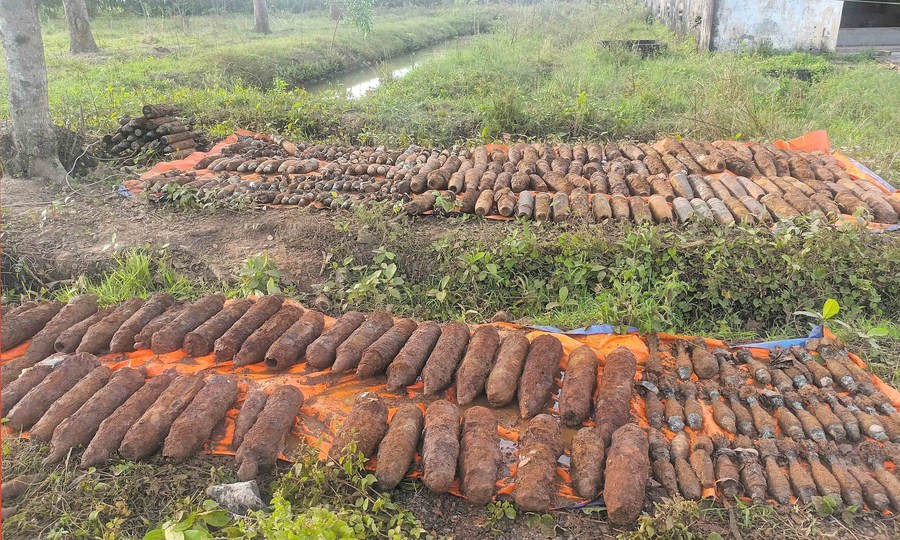
The unexploded shells and grenades are seen before their detonation in a shooting range in Tinh Bien district, An Giang province, Vietnam, on Dec. 14, 2022. (VNA/Handout via Xinhua)
Most victims of UXO accidents are people of working age and children alike. Even those who survive face long-term disabilities, becoming burdens to their families and society as a whole.
According to a UXO survey, before the 2010-2020 national UXO clearance program, UXO pollution covered 6.1 million hectares of land in Vietnam, accounting for 18.8 percent of the Southeast Asian country’s total land area.
In the 2010-2020 period, Vietnam cleared 485,000 hectares of land contaminated with UXO with a total cost of 12.614 trillion Vietnamese dong (534.5 million U.S. dollars), according to data released at a conference on the action plan in February 2022.
As a result, the area contaminated with UXO decreased to 5.6 million hectares, or 17.7 percent of Vietnam’s land area.
“UXO left by the war in Vietnam is a daily threat to the people, a burning problem of the country, causing many difficulties in production and life and hindering development,” Prime Minister Pham Minh Chinh said at the review conference.
According to incomplete statistics, from 1975, when the Vietnam War ended, to early 2022, some 40,000 people were killed and 60,000 others injured due to UXO explosions.
On average, each year witnesses over 1,000 fatalities and 1,300 individuals suffering permanent injuries as a result of such incidents.
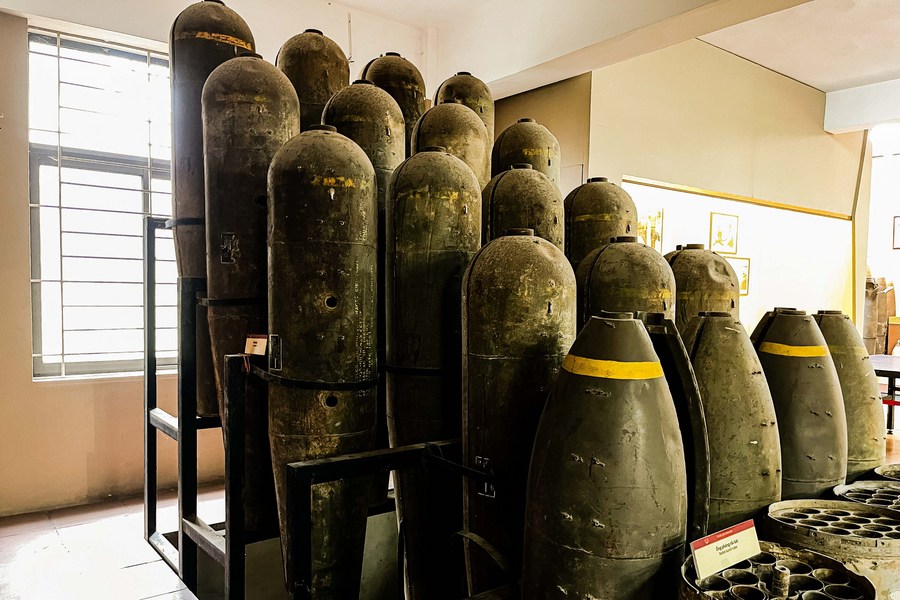
Cluster bombs used by the U.S. forces during Vietnam War are displayed in the Engineers Museum in the capital Hanoi, Vietnam, on July 14, 2023. (Photo by Pham Dinh Duc/Xinhua)
According to an international monitor, the U.S. military dropped 413,130 tons of cluster munitions over Vietnam between 1965 and 1973. Concurrent with the Vietnam War, U.S. warplanes dropped some 260 million cluster bombs on neighboring Laos, making Laos “the most heavily bombed nation in history.”
“I still remember that the United States bombed Hanoi terribly in 1967 and 1972. We had to wear hats made from dried paddy straw and placed thick layers of straw on bomb shelters to avoid being killed or injured by cluster bombs,” Nguyen Thi Vuong, a 70-year-old resident of Thanh Tri district in Hanoi, told Xinhua.
But not all of her villagers were lucky. Over 30 people died and dozens of others were injured after the U.S. bombers dropped blockbusters and cluster bombs in the two years, she recalled.
With tears in her eyes, the old lady expressed her heartfelt wish for a world free from bombing, not only in Vietnam but in all countries affected by such devastation.

